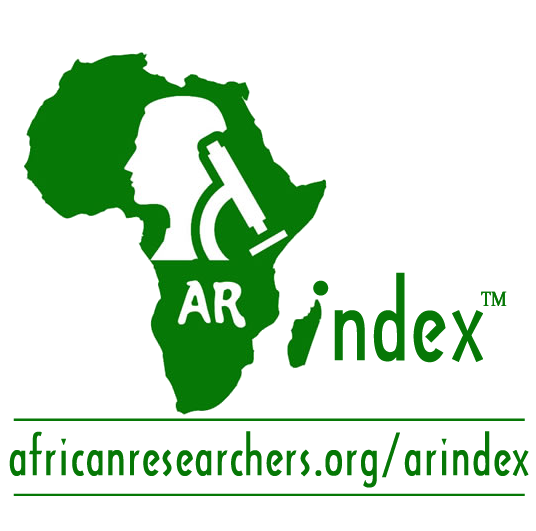MARKET SURVEY OF ANIMALS COMMONLY USED AS BUSH MEAT IN OLUWO MARKET, EPE IN SOUTHWEST NIGERIA: HOW LONG WILL THERE BE SUSTAINABILITY OF EXPLOITED WILDLIFE SPECIES?
DOI:
https://doi.org/10.52417/njls.v5i1.224Keywords:
bush meat, Xenopus muelleri, Cephalophus maxwelli, Varanus niloticus, ethnozoological usesAbstract
The trade of bush meat in Oluwo Market, Epe at Epe Local Government Area of Lagos State was investigated. Eleven animal species from three different classes (Amphibia, Reptilia and Mammalia) of vertebrates were found to be commonly used as bush meat. Xenopus muelleri (frog) was the most abundant animal species traded in the market followed by Crocidiora sp (shrew) and Cephalophus maxwelli (antelope) each having a weekly sale of about 30 individuals. Bitis sp (viper), Pelusioscasteneus (turtle) and Varanus niloticus (monitor lizard) were the least abundant traded animals with a weekly sale of eight, ten and ten respectively. Pertaining to ethnozoological uses, different parts of animal species were used to cure diseases, appease witches, prevent accidents, protect against evil and seek marital partner. Other traders (34%) were the highest customers of bush meat followed by the consumers (22%) and the hotel and restaurant owners (22%). Students and researchers (8%) were the lowest group of customers patronizing the bushmeat trade. Analysis of Variance showed that there was no significant difference between nutritional contents of the various bush meat species at (df= 3; P< 0.005). Appreciating the importance of bush meat both economically and ethnozoologically, it is not only imperative to emphasize and educate all stakeholders in this trade the importance of its conservation and sustainable use, but to also offer efforts that would provide alternative source of protein. Given the present trend of exploitation, many wildlife species may undergo local extinction if urgent measures are not taken
Published
Issue
Section
License
Copyright (c) 2015 https://unibenlsj.org.ng/index.php/njls/

This work is licensed under a Creative Commons Attribution 4.0 International License.





